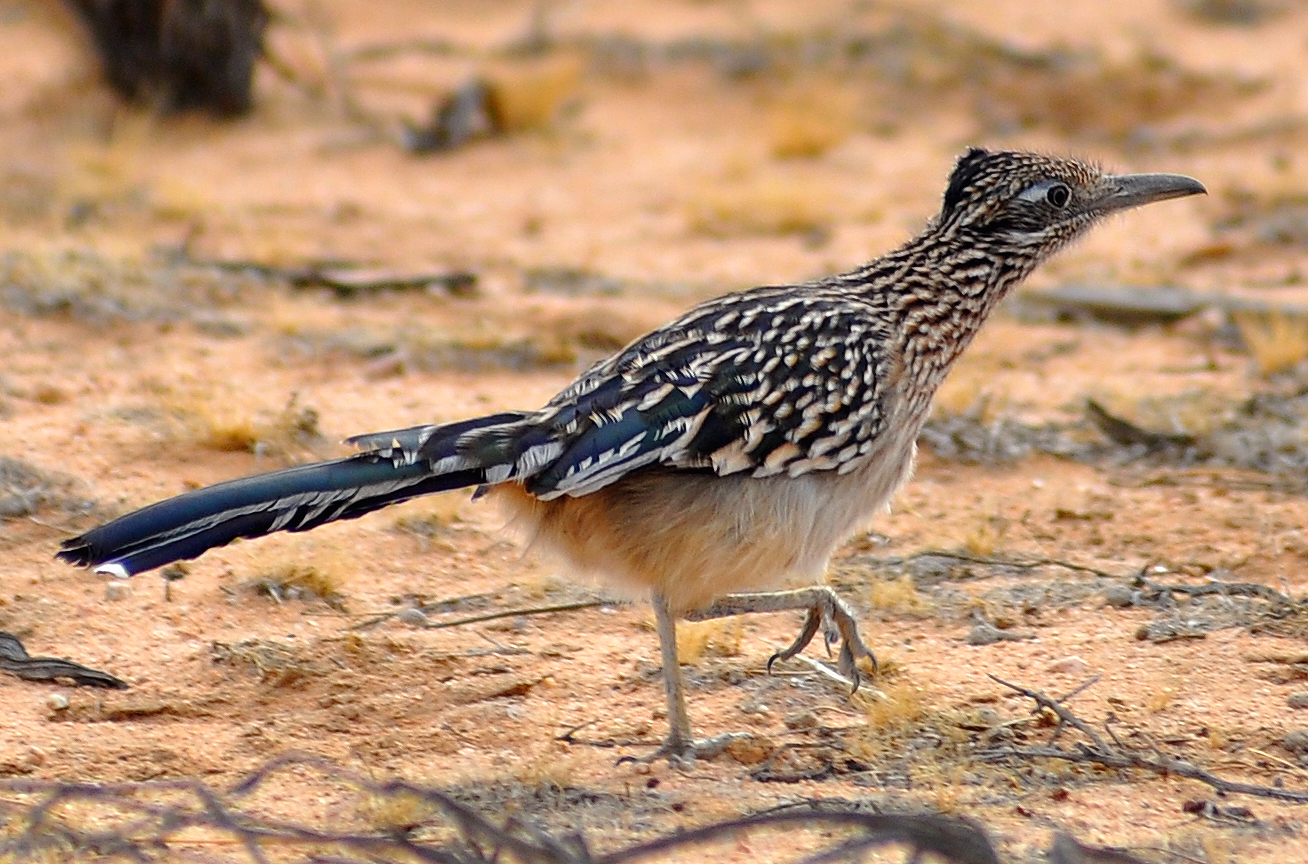|
Sierra De Guadalupe, Mexico
The Sierra de Guadalupe is a mountain range in Mexico. It is found between the borough of Gustavo A. Madero in northern Mexico City and the municipalities of Cuautitlán Izcalli, Tultitlán, Coacalco, Ecatepec and Tlalnepantla, in the State of Mexico. Its highest peak is at . History There is evidence that the Aztecs worshipped Tonantzin (Goddess of Sustenance) at Tepeyac hill. The sierra is named after Our Lady of Guadalupe, a Marian apparition that, according to oral and written colonial sources such as the ''Huei tlamahuiçoltica'', Juan Diego saw at the Tepeyac hill. In 1937, the El Tepeyac National Park was created in the Tepeyac hill, in the eastern portion of the sierra, by decree of the president Lázaro Cárdenas. Geology The sierra is a dormant volcano that is part of the Trans-Mexican Volcanic Belt. The basement is made of andesitic and dacitic soil. The last volcanic activity in the area occurred 14 to 15 million years ago. Ecology Climate The sierra ha ... [...More Info...] [...Related Items...] OR: [Wikipedia] [Google] [Baidu] |
State Of Mexico
The State of Mexico ( es, Estado de México; ), officially just Mexico ( es, México), is one of the 32 federal entities of the United Mexican States. Commonly known as Edomex (from ) to distinguish it from the name of the whole country, it is the most populous, as well as the most densely populated, state in the country. Located in South-Central Mexico, the state is divided into 125 municipalities. The state capital city is Toluca de Lerdo ("Toluca"), while its largest city is Ecatepec de Morelos ("Ecatepec"). The State of Mexico surrounds Mexico City on three sides and borders the states of Querétaro and Hidalgo to the north, Morelos and Guerrero to the south, Michoacán to the west, and Tlaxcala and Puebla to the east. The territory that now comprises the State of Mexico once formed the core of the Pre-Hispanic Aztec Empire. During the Spanish colonial period, the region was incorporated into New Spain. After gaining independence in the 19th century, Mexico City w ... [...More Info...] [...Related Items...] OR: [Wikipedia] [Google] [Baidu] |
Juan Diego
Juan Diego Cuauhtlatoatzin, also known as Juan Diego (; 1474–1548), was a Chichimec peasant and Marian visionary. He is said to have been granted apparitions of the Virgin Mary on four occasions in December 1531: three at the hill of Tepeyac and a fourth before don Juan de Zumárraga, then bishop of Mexico. The Basilica of Our Lady of Guadalupe, located at the foot of Tepeyac, houses the cloak ('' tilmahtli'') that is traditionally said to be Juan Diego's, and upon which the image of the Virgin is said to have been miraculously impressed as proof of the authenticity of the apparitions. Juan Diego's visions and the imparting of the miraculous image, as recounted in oral and written colonial sources such as the ''Huei tlamahuiçoltica '', are together known as the Guadalupe event ( es, el acontecimiento Guadalupano), and are the basis of the veneration of Our Lady of Guadalupe. This veneration is ubiquitous in Mexico, prevalent throughout the Spanish-speaking Americas, and inc ... [...More Info...] [...Related Items...] OR: [Wikipedia] [Google] [Baidu] |
Opossum
Opossums () are members of the marsupial order Didelphimorphia () endemic to the Americas. The largest order of marsupials in the Western Hemisphere, it comprises 93 species in 18 genera. Opossums originated in South America and entered North America in the Great American Interchange following the connection of North and South America. The Virginia opossum is the only species found in the United States and Canada. It is often simply referred to as an opossum, and in North America it is commonly referred to as a possum (; sometimes rendered as ''possum'' in written form to indicate the dropped "o"). Possums should not be confused with the Australasian arboreal marsupials of suborder Phalangeriformes that are also called possums because of their resemblance to the Didelphimorphia. The opossum is typically a nonaggressive animal. Etymology The word ''opossum'' is borrowed from the Powhatan language and was first recorded between 1607 and 1611 by John Smith (as ''opassom'') ... [...More Info...] [...Related Items...] OR: [Wikipedia] [Google] [Baidu] |
Roadrunner
The roadrunners (genus ''Geococcyx''), also known as chaparral birds or chaparral cocks, are two species of fast-running ground cuckoos with long tails and crests. They are found in the southwestern and south-central United States and Mexico, usually in the desert. Although capable of flight, roadrunners generally run away from predators. On the ground, some have been clocked at while a few have also been clocked up to . Species The subfamily Neomorphinae, the New World ground cuckoos, includes 11 species of birds, while the genus ''Geococcyx'' has just two: Morphology The roadrunner generally ranges in size from from tail to beak. The average weight is about . The roadrunner is a large, slender, black-brown and white-streaked ground bird with a distinctive head crest. It has long legs, strong feet, and an oversized dark bill. The tail is broad with white tips on the three outer tail feathers. The bird has a bare patch of skin behind each eye; this patch is shaded blue ... [...More Info...] [...Related Items...] OR: [Wikipedia] [Google] [Baidu] |
American Kestrel
The American kestrel (''Falco sparverius''), also called the sparrow hawk, is the smallest and most common falcon in North America. It has a roughly two-to-one range in size over subspecies and sex, varying in size from about the weight of a blue jay to a mourning dove. It also ranges to South America and is a well-established species that has evolved into 17 subspecies adapted to different environments and habitats throughout the Americas. It exhibits sexual dimorphism in size (females being moderately larger) and plumage, although both sexes have a rufous back with noticeable barring. Its plumage is colorful and attractive, and juveniles are similar in plumage to adults. The American kestrel usually hunts in energy-conserving fashion by perching and scanning the ground for prey to ambush, though it also hunts from the air. It sometimes hovers in the air with rapid wing beats while homing in on prey. Its diet typically consists of grasshoppers and other insects, lizards, m ... [...More Info...] [...Related Items...] OR: [Wikipedia] [Google] [Baidu] |
Pituophis Deppei
''Pituophis deppei'', commonly known as the Mexican bullsnake and the Mexican pine snake, is a species of nonvenomous colubrid snake endemic to Mexico. There are two recognized subspecies. Etymology The specific name, ''deppei'', is in honor of German artist Ferdinand Deppe, who collected natural history specimens in Mexico. Beolens, Bo; Watkins, Michael; Grayson, Michael (2011). ''The Eponym Dictionary of Reptiles''. Baltimore: Johns Hopkins University Press. xiii + 296 pp. . (''Pituophis deppei'', p. 70; ''P. d. jani'', p. 133). The subspecific name, ''jani'', is in honor of Italian herpetologist Giorgio Jan. Geographic range ''P. deppei'' occurs in the Mexican states of Aguascalientes, Coahuila, Guanajuato, Hidalgo, Jalisco, Mexico, Morelos, Nayarit, Nuevo León, Oaxaca, Puebla, Querétaro, San Luis Potosí, Sinaloa, Sonora, and Tamaulipas. Habitat The preferred natural habitats of ''P. deppei'' are forest, shrubland, and grassland, but it is also found in agricultural, ... [...More Info...] [...Related Items...] OR: [Wikipedia] [Google] [Baidu] |
Humid Subtropical Climate
A humid subtropical climate is a zone of climate characterized by hot and humid summers, and cool to mild winters. These climates normally lie on the southeast side of all continents (except Antarctica), generally between latitudes 25° and 40° and are located poleward from adjacent tropical climates. It is also known as warm temperate climate in some climate classifications. Under the Köppen climate classification, ''Cfa'' and ''Cwa'' climates are either described as humid subtropical climates or warm temperate climates. This climate features mean temperature in the coldest month between (or ) and and mean temperature in the warmest month or higher. However, while some climatologists have opted to describe this climate type as a "humid subtropical climate", Köppen himself never used this term. The humid subtropical climate classification was officially created under the Trewartha climate classification. In this classification, climates are termed humid subtropical when the ... [...More Info...] [...Related Items...] OR: [Wikipedia] [Google] [Baidu] |
PARAJE PIEDRA ANCHA - Panoramio
Paraje, a Spanish term meaning in English place or spot. Paraje is a term from the original Spanish speaking settlers, in use among English speakers in the southwestern United States, particularly in New Mexico, that refers to a camping place along a long distance trail where travelers customarily stopped for the night. A paraje can be a town, a village or pueblo, a caravanserai, or simply a good location for stopping. Parajes typically are spaced 10 to 15 miles apart and feature abundant water and fodder for the travelers' animals (oxen, cattle, sheep, donkeys, mules and horses). The early Spanish caravans were largely ox-drawn carts and the oxen and herds of cattle and sheep could only make these short distances in a day without cost to the animals, because they needed to graze for several hours each day to stay in health. Horses and mules could make much longer distances in a day, up to 60 miles without cost to the animal, so long as they had water and grazing, but after a few ... [...More Info...] [...Related Items...] OR: [Wikipedia] [Google] [Baidu] |
Dacitic
Dacite () is a volcanic rock formed by rapid solidification of lava that is high in silica and low in alkali metal oxides. It has a fine-grained (aphanitic) to porphyritic texture and is intermediate in composition between andesite and rhyolite. It is composed predominantly of plagioclase feldspar and quartz. Dacite is relatively common, occurring in many tectonic settings. It is associated with andesite and rhyolite as part of the subalkaline tholeiitic and calc-alkaline magma series. Composition Dacite consists mostly of plagioclase feldspar and quartz with biotite, hornblende, and pyroxene ( augite or enstatite). The quartz appears as rounded, corroded phenocrysts, or as an element of the ground-mass. The plagioclase in dacite ranges from oligoclase to andesine and labradorite. Sanidine occurs, although in small proportions, in some dacites, and when abundant gives rise to rocks that form transitions to the rhyolites. The relative proportions of feldspars and quartz ... [...More Info...] [...Related Items...] OR: [Wikipedia] [Google] [Baidu] |
Andesitic
Andesite () is a volcanic rock of intermediate composition. In a general sense, it is the intermediate type between silica-poor basalt and silica-rich rhyolite. It is fine-grained (aphanitic) to porphyritic in texture, and is composed predominantly of sodium-rich plagioclase plus pyroxene or hornblende. Andesite is the extrusive equivalent of plutonic diorite. Characteristic of subduction zones, andesite represents the dominant rock type in island arcs. The average composition of the continental crust is andesitic. Along with basalts, andesites are a component of the Martian crust. The name ''andesite'' is derived from the Andes mountain range, where this rock type is found in abundance. It was first applied by Christian Leopold von Buch in 1826. Description Andesite is an aphanitic (fine-grained) igneous rock that is intermediate in its content of silica and low in alkali metals. It has less than 20% quartz and 10% feldspathoid by volume, with at least 65% of the feldsp ... [...More Info...] [...Related Items...] OR: [Wikipedia] [Google] [Baidu] |
Dormant Volcano
A volcano is a rupture in the crust of a planetary-mass object, such as Earth, that allows hot lava, volcanic ash, and gases to escape from a magma chamber below the surface. On Earth, volcanoes are most often found where tectonic plates are diverging or converging, and most are found underwater. For example, a mid-ocean ridge, such as the Mid-Atlantic Ridge, has volcanoes caused by divergent tectonic plates whereas the Pacific Ring of Fire has volcanoes caused by convergent tectonic plates. Volcanoes can also form where there is stretching and thinning of the crust's plates, such as in the East African Rift and the Wells Gray-Clearwater volcanic field and Rio Grande rift in North America. Volcanism away from plate boundaries has been postulated to arise from upwelling diapirs from the core–mantle boundary, deep in the Earth. This results in hotspot volcanism, of which the Hawaiian hotspot is an example. Volcanoes are usually not created where two tectonic plates sl ... [...More Info...] [...Related Items...] OR: [Wikipedia] [Google] [Baidu] |
Lázaro Cárdenas
Lázaro Cárdenas del Río (; 21 May 1895 – 19 October 1970) was a Mexican army officer and politician who served as president of Mexico from 1934 to 1940. Born in Jiquilpan, Michoacán, to a working-class family, Cárdenas joined the Mexican Revolution and became a general in the Constitutionalist Army. Although he was not from the state of Sonora, whose revolutionary generals dominated Mexican politics in the 1920s, Cárdenas was hand-picked by Plutarco Elías Calles, Sonoran general and former president of Mexico, as a presidential candidate and won in the 1934 general election. After founding the National Revolutionary Party (PNR) in the wake of the assassination of president-elect Álvaro Obregón, Plutarco Elías Calles had unofficially remained in power during the Maximato (1928–1934) and expected to maintain that role when Cárdenas took office. Cárdenas, however, out-maneuvered him politically and forced Calles into exile. He established the structure of t ... [...More Info...] [...Related Items...] OR: [Wikipedia] [Google] [Baidu] |








